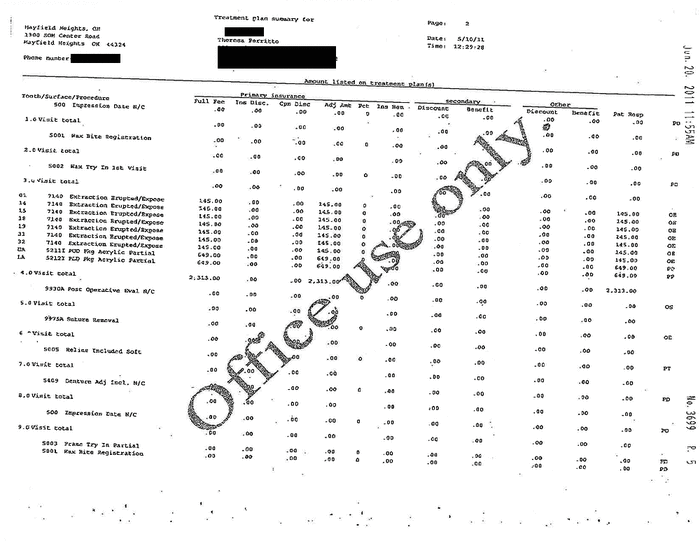Tooth Extraction Recovery: Safe Drinking Guide
The process of recovering from a tooth extraction can be a delicate and sensitive time for the body. One of the most critical aspects of ensuring a smooth and safe recovery is maintaining proper hydration. Drinking enough fluids helps the body to heal faster, reduces the risk of complications, and alleviates discomfort. However, it’s equally important to choose the right types of drinks to avoid any potential issues or irritation to the extraction site.
Immediately after the procedure, it’s recommended to stick to lukewarm or cool drinks for the first 24 to 48 hours. Hot beverages can increase blood flow to the area, potentially dislodging the blood clot that forms over the socket, which is crucial for the healing process. This condition, known as dry socket, can lead to severe pain and complications. Cold drinks, on the other hand, can help reduce swelling and ease pain.
Lukewarm water, herbal teas, and clear broths are excellent choices during the initial recovery phase. These fluids are gentle on the stomach and do not contain any particles that could potentially irritate the extraction site. In contrast, drinks with caffeine or alcohol should be avoided as they can act as diuretics, leading to dehydration, and may also interfere with the healing process. Moreover, acidic beverages like citrus juices or sodas can irritate the wound and slow down recovery.
For patients who prefer a bit of flavor, there are still several safe options. Decaffeinated teas or those low in caffeine, such as peppermint, chamomile, or green tea, can provide comfort and a sense of relief without the risks associated with caffeinated beverages. Additionally, smoothies made from yogurt, bananas, or avocados can offer essential nutrients and are easy to consume, ensuring that the patient stays nourished during the recovery period.
It’s also worth noting the importance of avoiding the use of straws for drinking during the first few days after tooth extraction. The suction movement can dislodge the blood clot, similar to the effect of hot drinks, leading to dry socket. Instead, drinking directly from a cup and taking small, gentle sips can minimize the risk of complications.
As the recovery progresses and the initial sensitivity starts to decrease, usually after 48 to 72 hours, patients can gradually introduce a wider variety of drinks into their diet. However, it’s advisable to continue avoiding spicy, carbonated, or highly acidic beverages for a bit longer to ensure the extraction site heals properly.
In conclusion, while recovering from a tooth extraction, choosing the right drinks is crucial for a safe and smooth healing process. By understanding what types of beverages are recommended and which ones should be avoided, patients can take proactive steps to minimize discomfort, reduce the risk of complications, and support their body’s natural healing abilities.
Expert tip: Keep in mind that everyone's healing process is unique, and what works for one person may not be the best for another. Always follow the specific instructions provided by your dentist or healthcare provider, as they can offer personalized advice based on your condition and medical history.
Post-Extraction Diet and Hydration Tips
Beyond the choice of drinks, maintaining a balanced diet rich in nutrients is also vital for the recovery process. Foods that are soft, easy to chew, and rich in vitamins and minerals can help support the healing process. Yogurt, scrambled eggs, mashed potatoes, and cooked vegetables are excellent options during the initial recovery phase.
It’s also beneficial to consider the temperature of the food, opting for lukewarm or cool dishes in the first 24 hours to reduce discomfort and prevent irritation to the extraction site. As recovery progresses, gradually introducing a wider range of foods can help ensure the patient is getting all the necessary nutrients for optimal healing.
Step-by-Step Guide to a Healthy Recovery Diet:
- First 24 Hours: Stick to lukewarm or cool, soft foods and drinks to minimize discomfort and prevent complications.
- Next 48 Hours: Gradually introduce more variety into your diet, focusing on nutrient-rich, easy-to-eat foods.
- After 72 Hours: Continue to eat a balanced diet, slowly introducing more solid and spicy foods as comfort and healing allow.
The Role of Hydration in Wound Healing
Proper hydration plays a critical role in all bodily functions, including the healing process after a tooth extraction. Water helps to keep the mouth clean, reduces the risk of infection, and supports the body’s natural repair mechanisms. Aim to drink at least eight glasses of water a day, adjusting according to your activity level and climate.
In addition to water, other fluids can contribute to daily hydration needs. However, it’s essential to choose beverages that are not only hydrating but also gentle on the extraction site and supportive of the healing process.
What are the best drinks to consume after a tooth extraction?
+Lukewarm water, clear broths, and herbal teas are recommended. Avoid hot, acidic, or caffeinated beverages for the first 24 to 48 hours.
Can I drink through a straw after a tooth extraction?
+No, it's advised to avoid using straws for the first few days to prevent dislodging the blood clot and risking dry socket.
How long should I follow a soft food diet after tooth extraction?
+Typically, a soft food diet is recommended for 3 to 5 days, but this can vary based on the individual's healing progress and dentist's advice.
By understanding the importance of proper hydration and dietary choices after a tooth extraction, patients can significantly influence their recovery process. With the right approach, it’s possible to minimize discomfort, reduce the risk of complications, and support the body’s natural healing abilities, leading to a smoother and more successful recovery.

